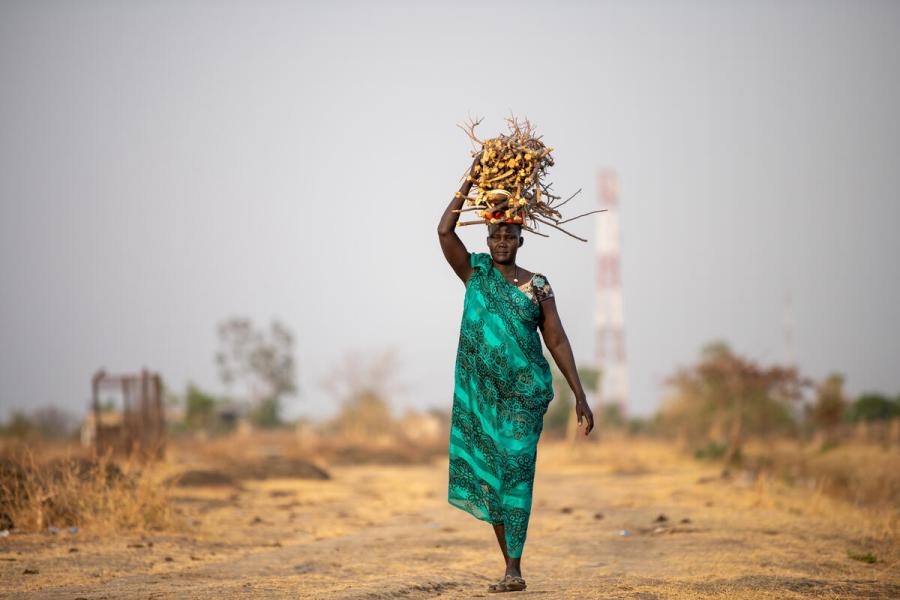2021 Year-end population figures
- Refugees: 2.34 million
- IDPs: 2.02 million
- Returns: 630,000 self-organized refugee returns since November 2017
2021 situation overview
After nearly a decade of conflict and despite efforts toward implementing the peace agreement, South Sudan continued to grapple with sporadic violence, chronic food insecurity and the devastating impact of major flooding in 2021. The COVID-19 pandemic has also strained people’s resources, significantly reducing their ability to sustainably meet their needs.
The South Sudan situation continued to be the largest refugee crisis in Africa, and one of the most underfunded, with the Regional Refugee Response Plan only 17% funded. Despite some progress, peace remained fragile and humanitarian challenges, including acute food insecurity, persisted. While UNHCR did not promote or facilitate returns, over 630,000 South Sudanese have spontaneously returned since 2017, although some of the returns may have been pendular. In response to the growing number of self-organized returns, UNHCR developed a solutions-oriented, area-based approach targeting high-return areas through investments in medium to long-term development and peace interventions, called “Pockets of Hope,” which will be piloted in 2022. Intention-to-return surveys for South Sudanese refugees in Sudan and Uganda were carried out in 2021 to inform planning and will be carried out in Ethiopia in 2022.
Governments in the five countries of asylum were supported in their efforts to integrate South Sudanese refugees in national systems for social service delivery. Refugees and local communities received help to boost their resilience by identifying and diversifying opportunities to earn a living. This was vital against a backdrop of chronic underfunding for food provision, which continued to result in regular food ration cuts.
The South Sudan situation remained a children’s crisis, with two out of three South Sudanese refugees under the age of 18. Funding was required for child protection services including to ensure proper birth registration and family reunification. Many children who were affected by school closures during the pandemic in the region needed additional support to continue learning, including additional radio programmes which were made available for primary and secondary learners as a major remote learning modality. To assist learners who did not have access to radios, UNHCR distributed solar-charging radios to households with school-aged children to support their continuity of learning as well as self-study materials and textbooks.
